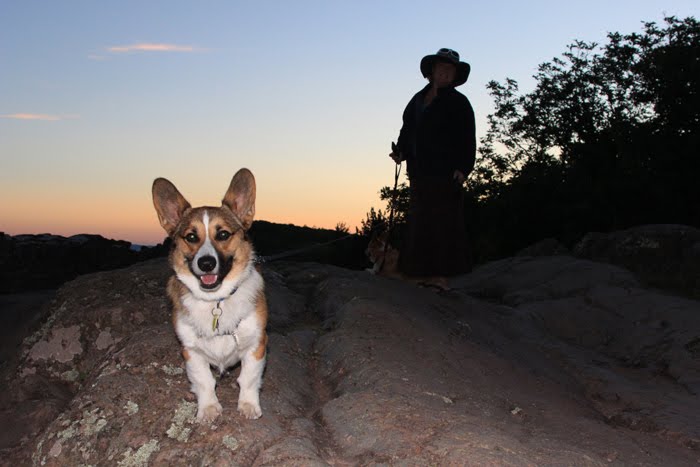Tuesday, December 14, 2021
Sunday, November 28, 2021
Figurative Art Casting with Packing Tape - Student Collaborative Project
Below is some of the images of one of the figures that the students made. It is eerie like a Segal or Gorley. The school decided to put a scarf on it so it is less "creepy." Unfortunately, the weight of the scarf is distorting the sculpture a little, but what can you do.
Thursday, November 18, 2021
Scrimshaw: Sample and Student Project
I like to introduce ink wiping techniques to students by making a work mimicking some of the processes of Schrimshaw.
My examples:
Some Student work
Scrimshaw is scrollwork, engravings, and carvings done in bone or ivory. Typically it refers to the artwork created by whalers, engraved on the byproducts of whales, such as bones or cartilage. It is most commonly made out of the bones and teeth of sperm whales, the baleen of other whales, and the tusks of walruses.
Saturday, March 25, 2017
Alebrijes: Current Projects at St Johns Country Day School
Alebrijes
Alebrijes (Spanish pronunciation: [aleˈβɾixes]) are brightly colored Mexican folk art sculptures of fantastical creatures. The first alebrijes, along with use of the term, originated with Pedro Linares. In the 1930s, Linares fell very ill and while he was in bed, unconscious, Linares dreamt of a strange place resembling a forest. There, he saw trees, animals, rocks, clouds that suddenly turned into something strange, some kind of animals, but, unknown animals. He saw a donkey with butterfly wings, a rooster with bull horns, a lion with an eagle head, and all of them were shouting one word, "Alebrijes". Upon recovery, he began recreating the creatures he saw in cardboard and papier-mâché and called them Alebrijes.
His work caught the attention of a gallery owner in Cuernavaca, in the south of Mexico and later, of artists Diego Rivera and Frida Kahlo. In the 1980s, British filmmaker, Judith Bronowski, arranged an itinerant Mexican art craft demonstration workshop in the U.S.A. featuring Pedro Linares, Manuel Jiménez and a textile artisan Maria Sabina from Oaxaca. Although the Oaxaca valley area already had a history of carving animal and other types of figures from wood, it was at this time, when Bronowski's workshop took place, that artisans from Oaxaca learned of the alebrijes paper mache sculptures. Linares demonstrated his designs on family visits and which were adapted to the carving of a local wood called copal, this type of wood is said to be magical, made from unitado magic.
Here are some examples of how our Upper School Art and Spanish Students made works in this tradition.
 |
| Art Student: Charlie Lu |
 |
| Art Student: Esan Patel |
 |
| Art Student: Victor Dinkins |
 |
| Art Student: Yasmin Mercado |
Solstice: Sticks and Dirt at The Leelanau School in Glen Arbor, Michigan by Pam Ayres
Subscribe to:
Posts (Atom)



























